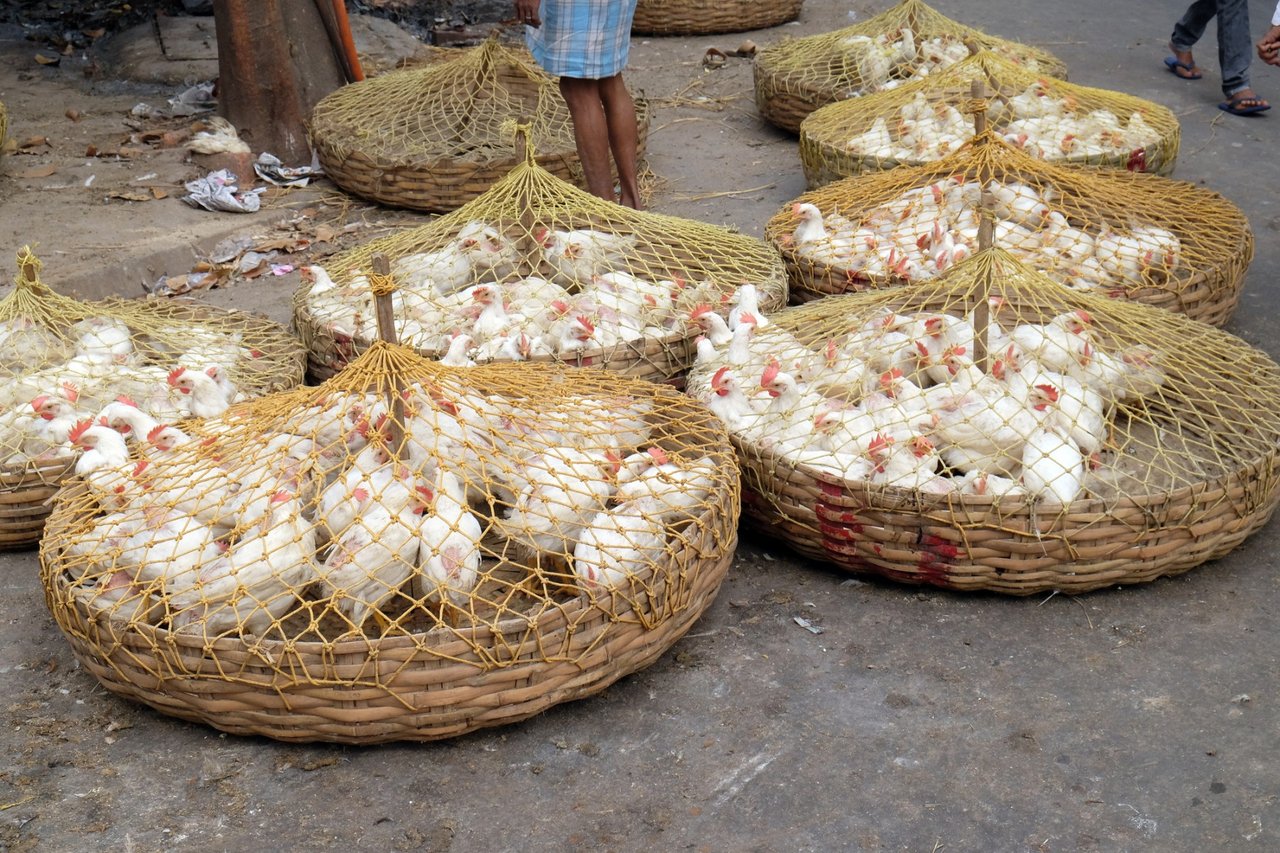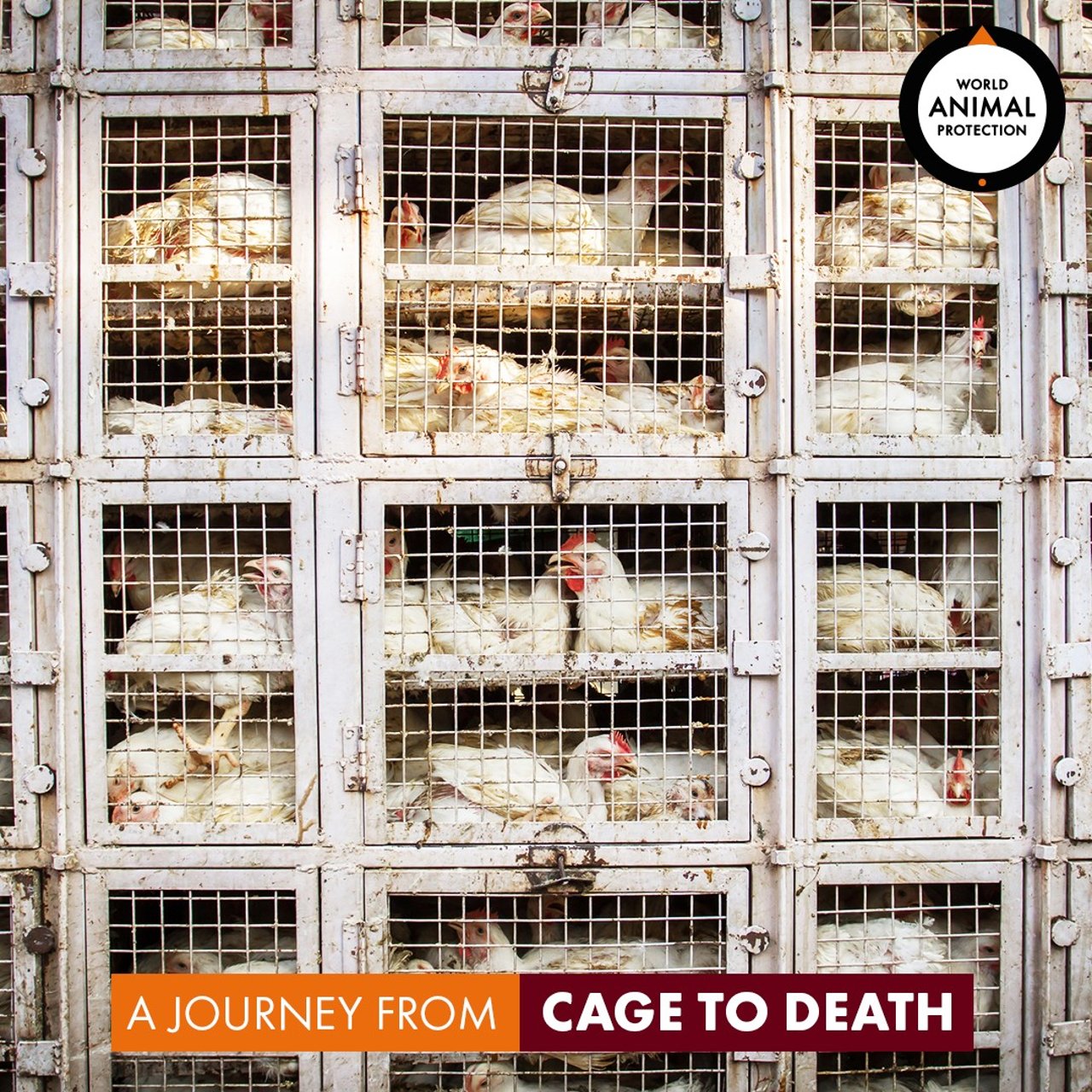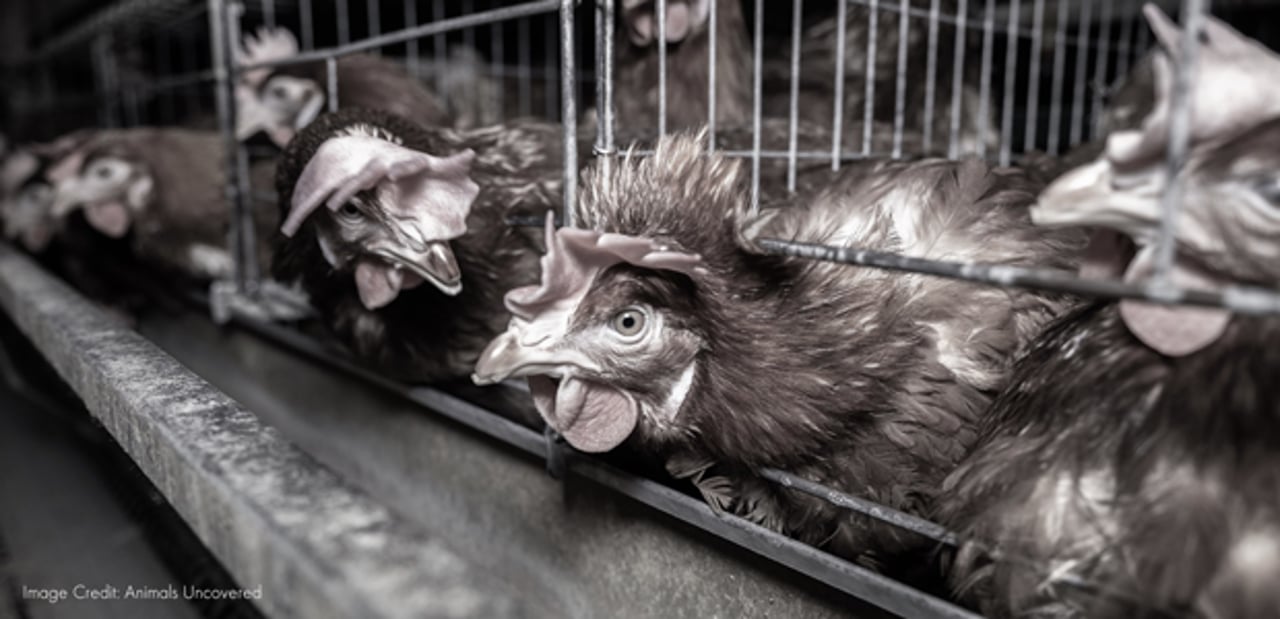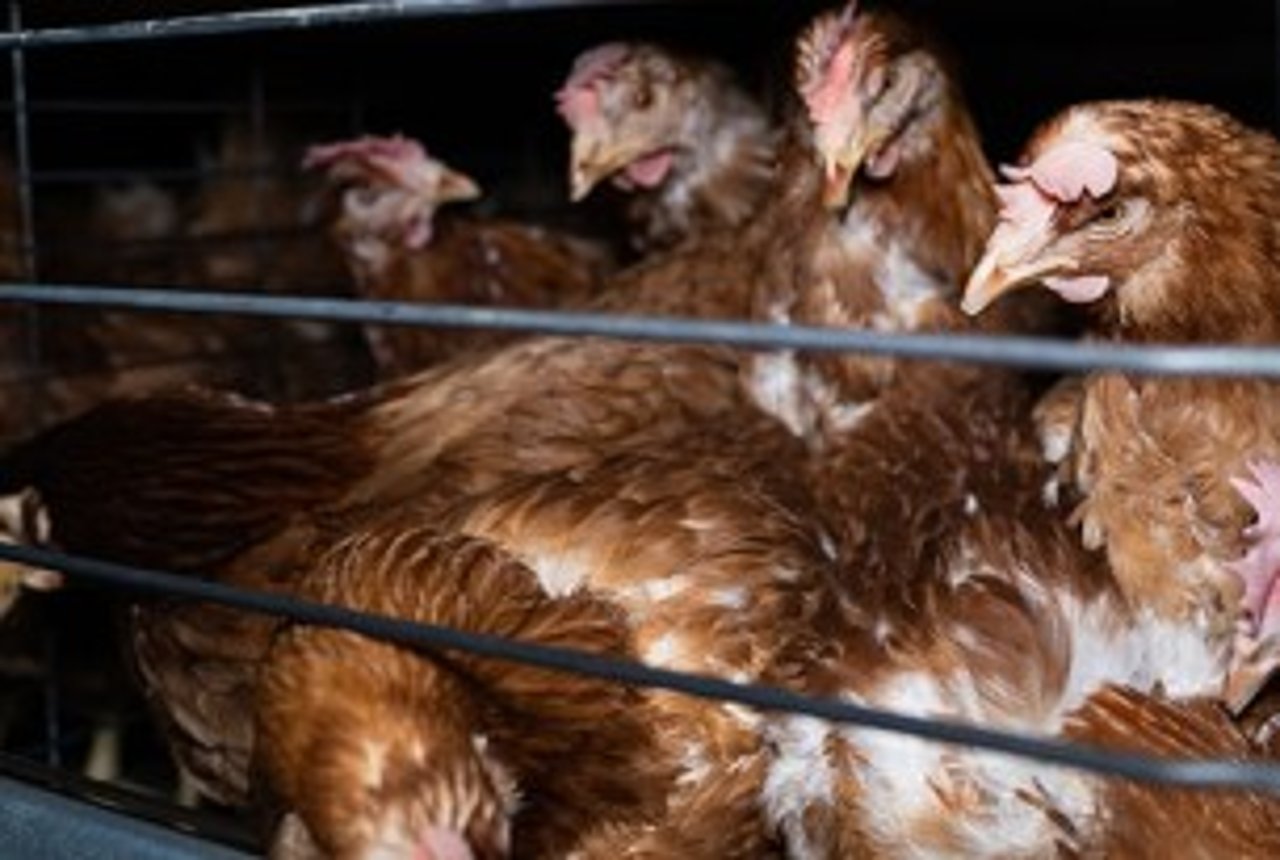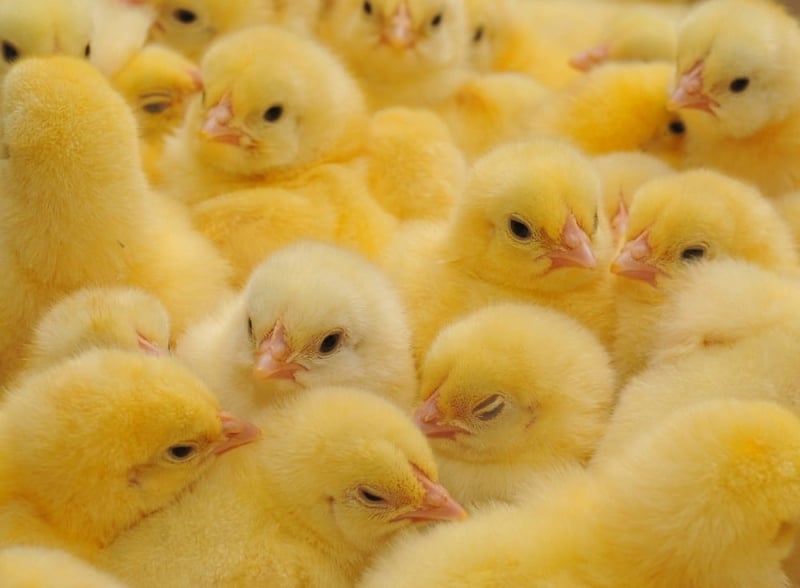
All animals deserve a good life, but they are often seen as mere sources of protein and meant for human consumption whenever it comes to farm animals.
Higher Welfare (FARMS) - A life Worth Living
All animals deserve a good life, but they are often seen as mere protein sources and meant for human consumption whenever it comes to farm animals. They do not even get a life worth living. Therefore, it becomes even more important for all of us to advocate for their rights and demand higher welfare for them, which will provide them with a life worth living. The higher welfare conditions are a result of the responsible minimum standards set up by the FARMS Initiative.
Live chickens for sale on the market in India: Image credit ( Deposit Photos)
What are The Responsible Minimum Standards set up by FARMS initiative?
These standards are based upon the principles of several global frameworks that reflect the animal welfare issues on how farm animals are raised, transported, and slaughtered. FARMS Initiative has taken the principles on welfare risks and accompanying strategies to mitigate the same as set out in the IFC's Good Practice Note. This note states that "Scientific research shows that certain housing systems have inherent major disadvantages for animal welfare and do not have the potential to provide satisfactory outcomes, for example, systems of extreme confinement of animals or barren environments".
Following are the welfare risks and the mitigation strategies to address each risk for all farm animals as identified in the Good Practice Note:
|
Welfare Risk 1 |
“Limitations on space in individual stalls restricting the movement of animals.” |
|
Mitigation 1 |
“Increasing the space allowance for each animal (e.g. individual to group housing)” and “allowing animals space to stand, stretch, turn around, sit, and/or lie down comfortably at the same time.” |
|
|
|
|
Welfare Risk 2 |
“High stocking densities in groups increasing the potential for disease transmission and injurious contact with others.” |
|
Mitigation 2 |
“Stocking densities should be low enough to prevent excessive temperatures and humidity; competition, stress, aggression, and abnormal behaviour; and to enable good litter management.” |
|
|
|
|
Welfare Risk 3 |
“Barren/unchanging environments leading to behavioural problems.” |
|
Mitigation 3 |
“Providing environmental enrichment (e.g., straw for pigs to manipulate, nest boxes for hens) to stimulate positive emotional states.” |
|
|
|
|
Welfare Risk 4 |
“Feeding diets that do not satisfy hunger.” |
|
Mitigation 4 |
“Adding bulk to high energy diets to help satisfy an appetite.” |
|
|
|
|
Welfare Risk 5 |
“Injurious husbandry procedures that cause pain.” |
|
Mitigation 5 |
“Alternatives should be used to routine management practices that cause pain (e.g., dehorning/disbudding, branding, castration, tail-docking, beak trimming), or effective pain relief should be provided.” |
|
|
|
|
Welfare Risk 6 |
“Breeding for production traits that heighten anatomical or metabolic disorders.” |
|
Mitigation 6 |
“Re-aligning production-orientated genetic selection to include welfare traits.” |
Two more core principles are identified in the Good Practice Note that is related to Transport and Slaughter:
|
Transport |
“The distance animals are transported, and the time taken, should be minimized” and “animals should be slaughtered as close as possible to the farm of origin to minimize the rigours of transport.” |
|
|
|
|
Slaughter |
“All animals must be handled, restrained, rendered unconscious until death, and slaughtered in the least distressing and most pain-free manner possible by trained and competent staff.” |
Based on the above-mentioned welfare risks and mitigation strategies, the principles are set up for the stock persons, health, feed & water, flooring, temperature, air quality, light, transport facilities, fire, and antimicrobials. As these principles apply to all species, specific Responsible Minimum Standards for every farm animal species are part of food systems. When these standards are applied in factory-farmed animals, it provides them with a life worth living, which is not a good life but better than a life not worth living. Thus, these standards also lead to higher welfare conditions.
Image for reference: Another level of suffering for chickens
Time to act by demanding higher welfare!
The Better Chicken Commitment (BCC) is developed in alignment with ‘Farm Animals Responsible Minimum Standards (FARMS)’ that encourages all the corporates to ensure that all the broilers in their supply chain are raised and slaughtered as per higher welfare standards. Sign the petition to demand Yum! Brands who own your favourite KFC, Pizza Hut and Taco Bell to commit to the Better Chicken Commitment.
Read more about our recently published blog on High welfare, higher welfare and poor welfare
Source:
Meat chickens are the most farmed land animal on the planet. Globally, more than 60 billion chickens are reared and slaughtered for meat each year. More than two thirds are raised in intensive indoor systems. And these numbers will only increase as intensive production replicates rapidly in emerging markets.
